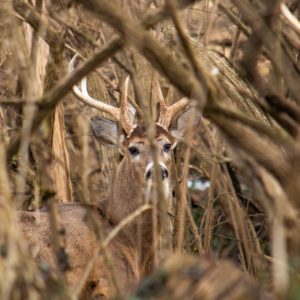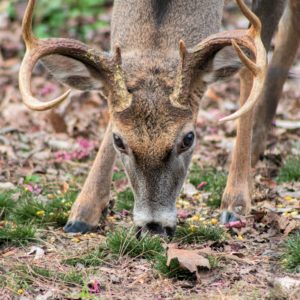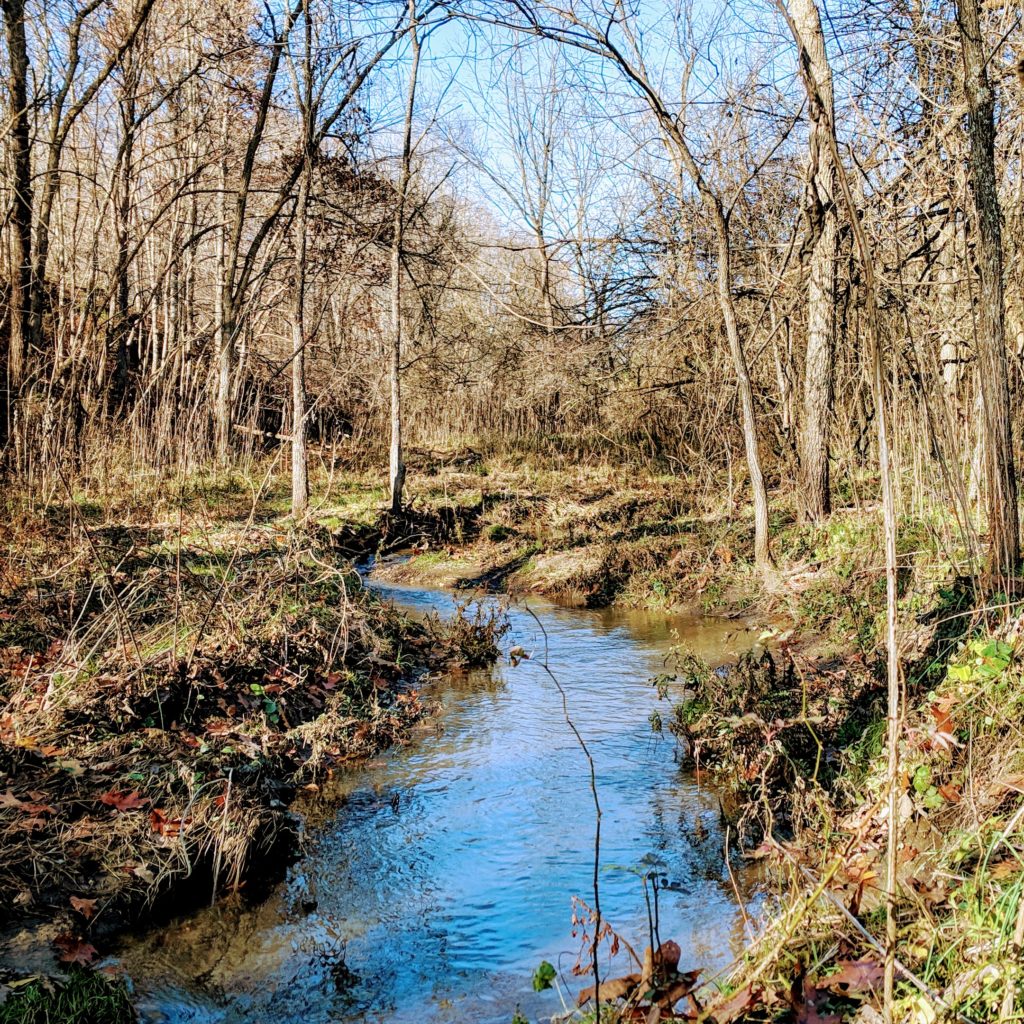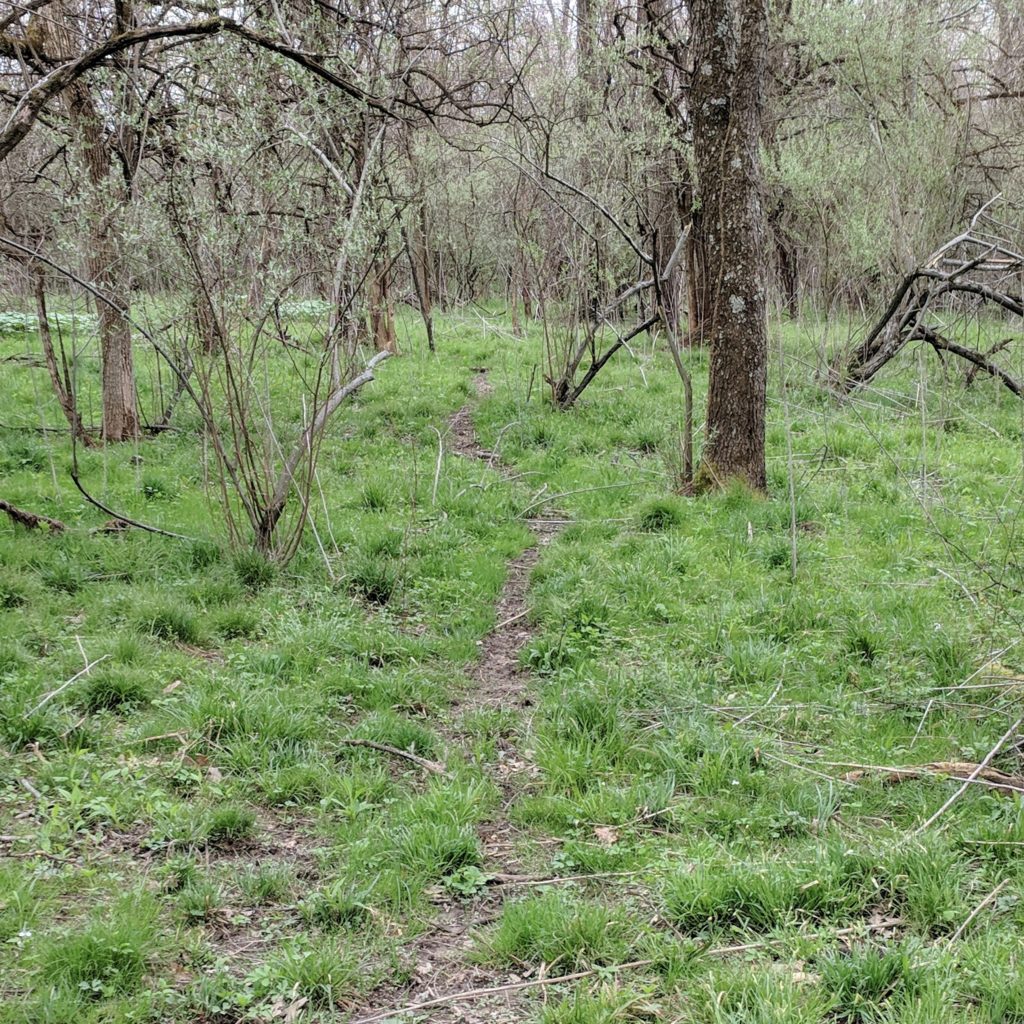4 Key Areas to Find MORE Sheds
Brian Flaherty / February 18th, 2022If it hasn’t already kicked-in, it certainly will as winter winds down. Cabin Fever. And, while you’ve hung up you hunting crossbow for the off-season, shed hunting is a great way to help beat cabin fever and get out in the woods during this time of year. You can also glean valuable information about your hunting property that you can use to strategize when prepping to hunt next season.
The big question is, where is the best place to look for sheds? The key to finding more sheds is to focus your search on the four areas where bucks spend the most time during the late winter and early spring: bedding areas, feeding areas, water sources, and travel routes.

Bedding Areas
Bedding areas are the locations on your property where the bucks go to rest for extended periods and where they feel safe from predation. These areas typically offer lots of cover and often consist of thick brush, tall grass, briars, and thick groves of small timber. Bucks will often choose bedding areas that face the east or south, as these areas are likely better protected from the cold northerly and westerly winds during the winter and are also exposed to the sun for the longest period of the day. Since bucks will spend a lot of time in these areas during winter, the odds are higher that they may drop their antlers there.

Feeding Areas
By late winter and early spring, most of the food sources that bucks utilize during the rest of the year are gone. Identifying the areas where bucks feed frequently this time of year will be extremely helpful to you in your antler search. Some common areas to search around are the previous year’s food plots, groves of fruit or nut trees, the edges of open fields or meadows, and agriculture fields. Since food is scarce, bucks will often travel as little as possible to conserve energy. Finding a feeding area that is nearest to a bedding area is also a great place to find more sheds.

Water Sources
Like all animals, deer need to drink water daily to survive, especially during the colder months. Another location where you should focus your hunt for sheds is around any local water sources where you have observed deer frequenting in the past or that are near bedding or feeding areas. Bucks can drop antlers on the banks of small ponds, creeks, or small rivers that run through your property, and these are all great places to look for sheds.

Travel Routes
Most of the time, deer trails will connect bedding areas, feeding areas, and water sources on your property. The late winter and early spring are great times to identify where the deer trails are located on your hunting land, as they are often easier to see without the grasses and other foliage that tend to cover them up during the summer and fall months. Focus your search efforts on the trails that are most heavily traveled as there is a greater likelihood of finding sheds in the area where there is the most traffic.
Want more on shed hunting? Click here for 5 Must Haves for Shed Hunting.


